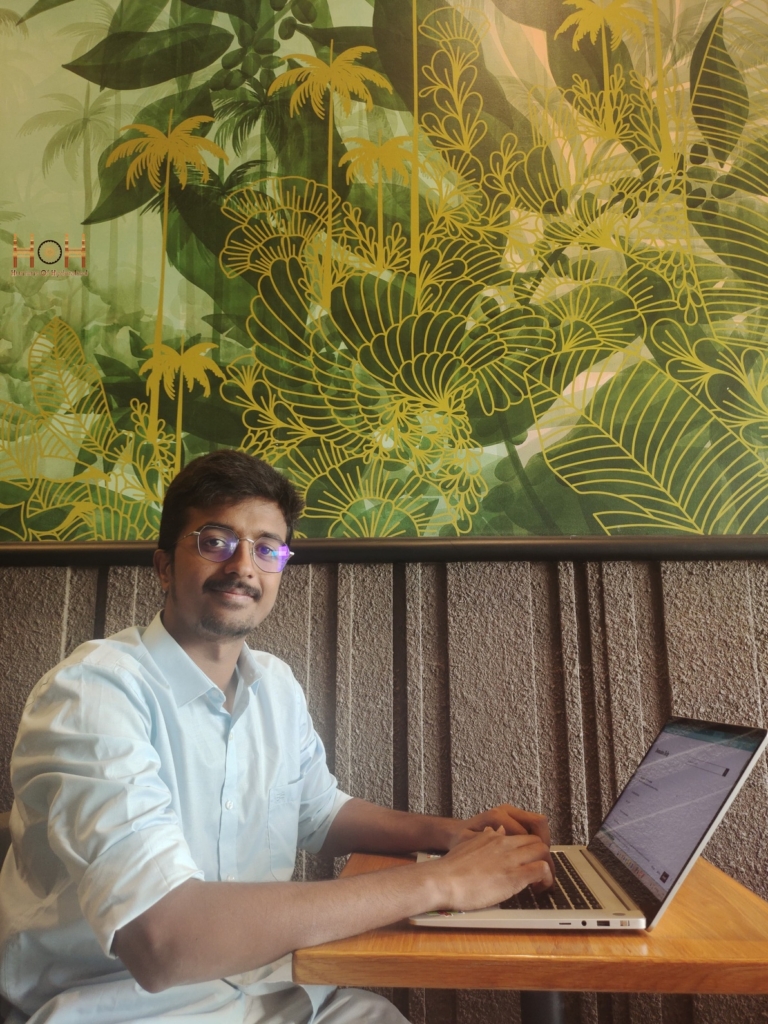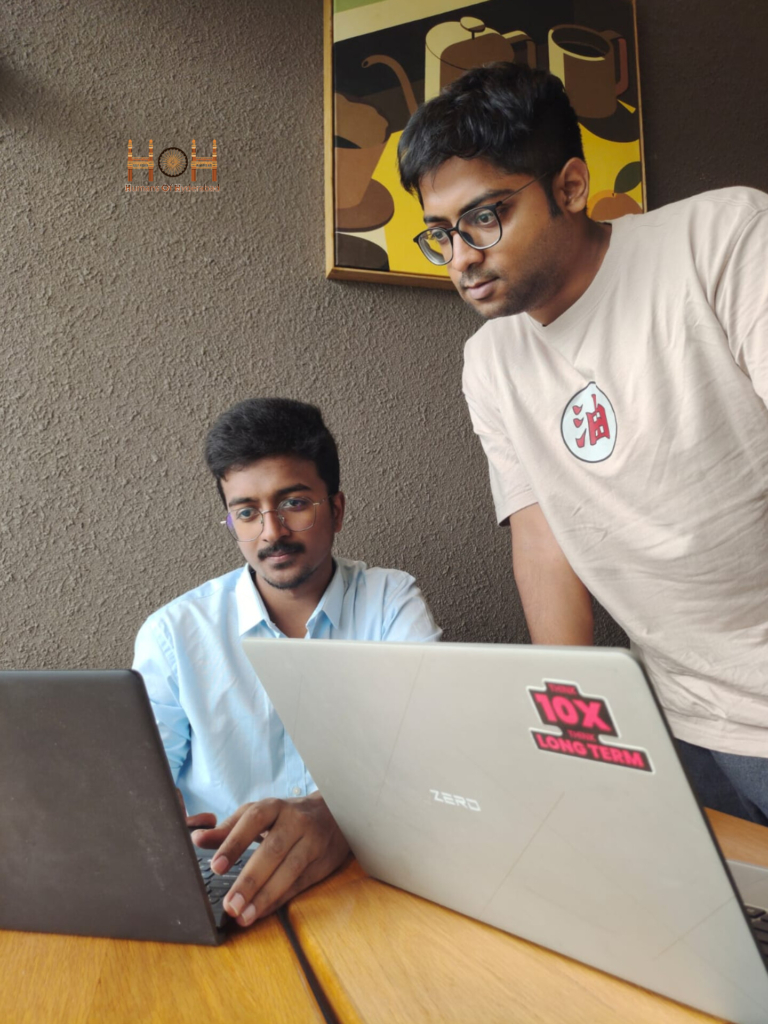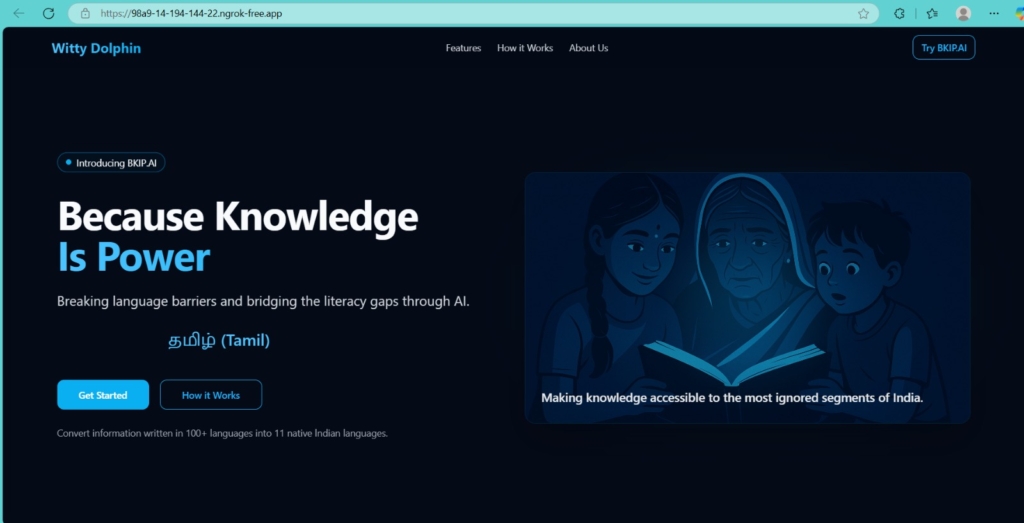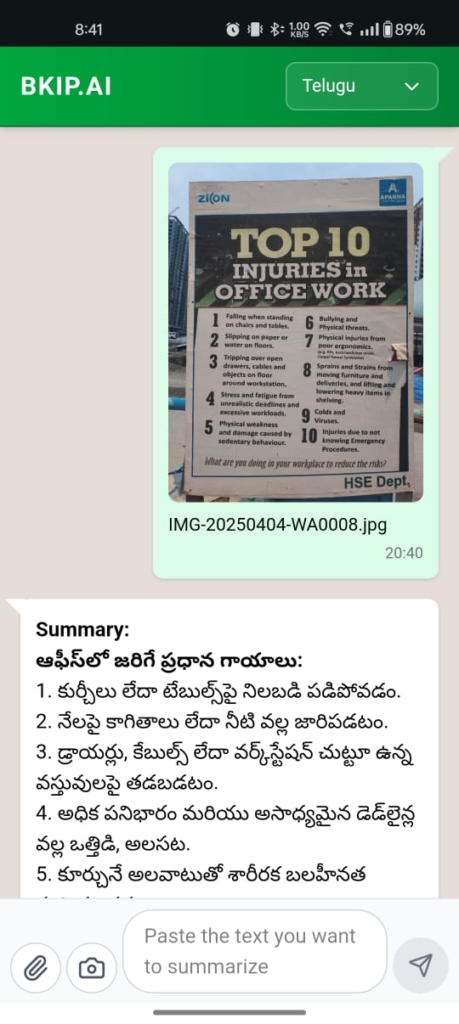“I’m Pavan, a Computer Science student in my fourth year at Malla Reddy Engineering College, Hyderabad. My cousin Akhil works as a product manager in a leading MNC. The two of us are currently working on a project that blends our technical skills with something we both care about—making technology useful for people who need it the most.

I first got interested in computers back in 9th grade when my dad bought me a laptop. At first, I was just into playing games and exploring different tech gadgets, but it wasn’t until my second year of intermediate that I started to dive into coding. I taught myself how to write code and experimented with different programming languages, though at the time, I didn’t fully understand how everything fit together—especially the difference between frontend and backend development.
Once I got into college, things started to fall into place. Being around my classmates, attending various events like the Tech Fair, and joining workshops helped me expand my knowledge. I started exploring the practical side of things, especially AI, data science, and machine learning, which really fascinated me.

One day, Akhil and I were talking, and he mentioned something that really stuck with me. His parents are both government school teachers, and through his visits to rural areas, he saw first-hand the challenges people face. He pointed out that while many people are able to use smartphones for calls and messages, they still struggle with understanding important content like medical reports, land papers, or government notices—especially when these are written in languages they aren’t comfortable with.
He said, “What if we could help bridge that communication gap?”
That simple question sparked an idea. We realised that while smartphones and the internet had reached many people, a large number still couldn’t make the most of them because reading and understanding content remained a major barrier.

That’s when we decided to create BKIP.AI—which stands for Because Knowledge is Power. It’s an AI-powered chatbot designed to make content more accessible. You can take a photo of any printed text—whether it’s a document, signboard, or school notice—and the app simplifies it, translates it into a language the user understands, and reads it out loud.
Building the chatbot wasn’t easy. We ran into plenty of challenges, especially when it came to integrating speech technology for different Indian languages. We had to figure out how to handle multiple API requests, merge the responses, and ensure that the voice output sounded clear and natural. After a few weeks of hard work, we had a working prototype.
BKIP.AI is meant to help people understand a wide range of content—like medical reports, land records, government forms, and much more.
Website Link: https://www.wittydolphin.com
A user just takes a photo, and the bot extracts the text, translates it, simplifies it, and reads it out loud in a language the user is comfortable with. Right now, the app supports over ten Indian languages and can detect text in more than a hundred. It’s designed for people who can use a smartphone but struggle with reading—like farmers, elderly villagers, daily wage workers, and students in rural schools.


We’re currently in the testing phase, working on improving the practical aspects, adding more languages, and speeding up the process. We’re also exploring partnerships with organisations that can help take it further.
This project isn’t just about tech or innovation for us—it’s personal. We want to use our skills to make a real difference, to help people connect with the information they need, and to ensure that technology reaches everyone, not just the privileged.
We truly believe that knowledge is a right, not a privilege and we’re doing our best to make sure anyone who wants it can access it.”
